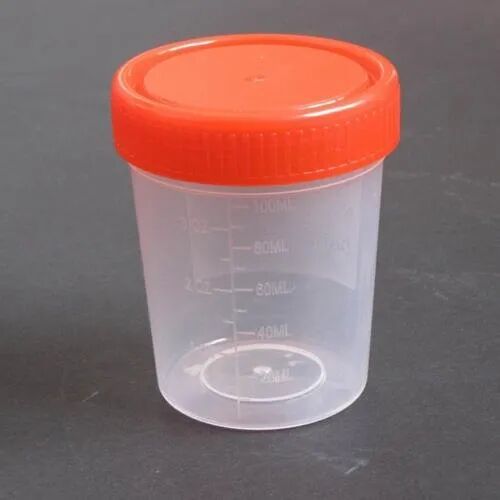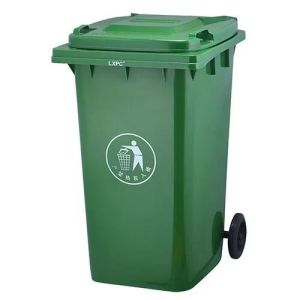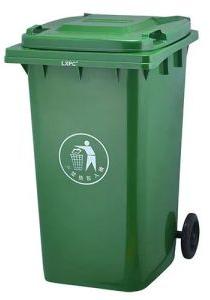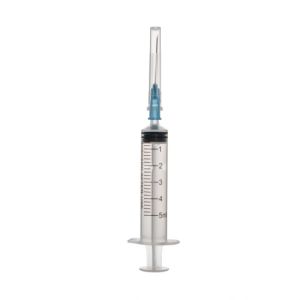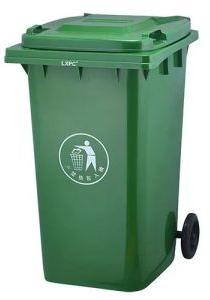- Science City, Ahmedabad, Gujarat
- GST NO. : 24AAMCM9986A1Z3
- +91-9558824250, +91-9157804321
| Business Type | Manufacturer, Exporter, Supplier, Trader |
| Brand | Medmech |
| Shape | Round |
| Color | Plastic |
| Click to view more | |
Preferred Buyer From
| Location | Worldwide |
Product Details
Application
Urine Sample
Pattern
Plain
Type
Urine Container
Country of Origin
India
Capacity
30 ml
Looking for "Urine Container" ?
Piece

